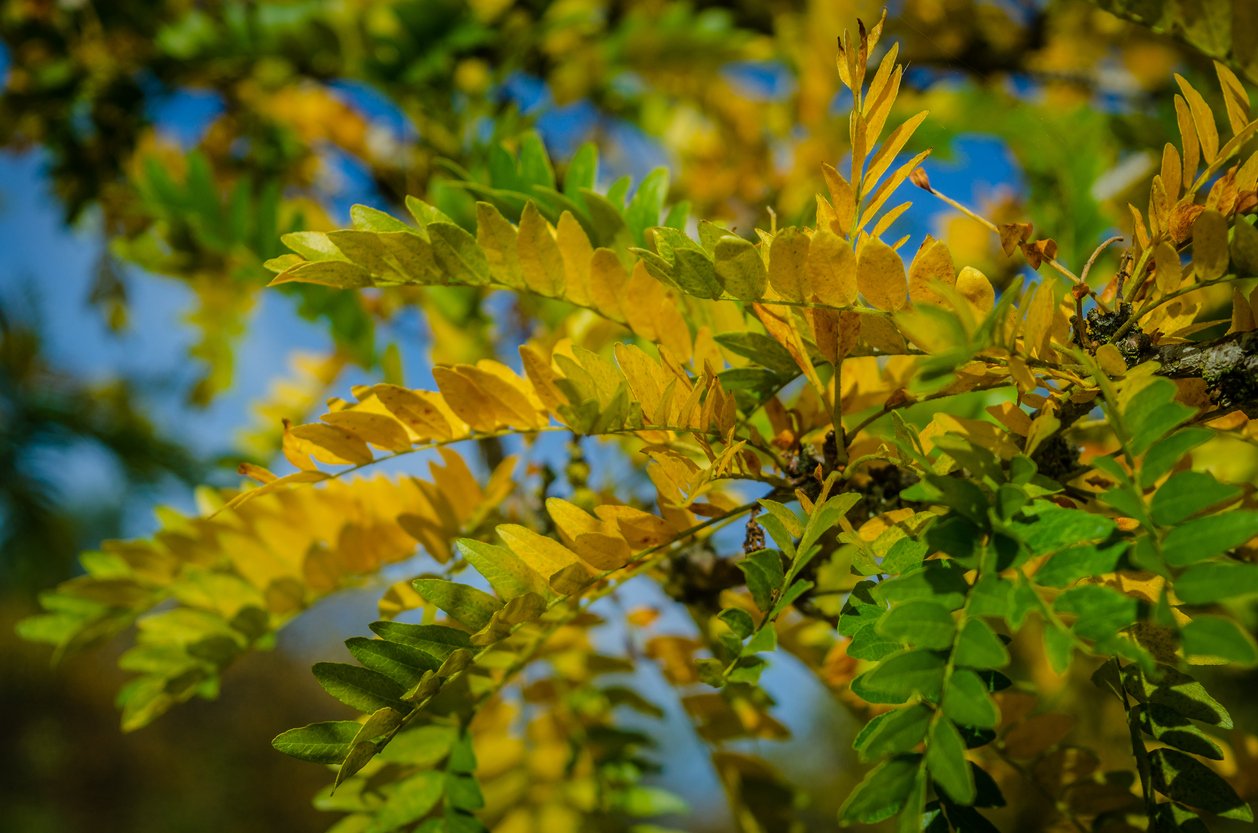At Birch Tree Care, we provide expert tree trimming and pruning services for both residential and commercial properties. Our ISA-Certified Arborists create customized maintenance plans tailored to your tree species, ensuring your trees are trimmed and pruned safely, effectively, and year-round.
We care for your trees as if they were our own—keeping them healthy, safe, and beautiful while protecting your home and property.
Well-pruned trees not only look better, but also:
Stay healthier
Live longer
Resist storm damage
Prevent the spread of diseases
Why Tree Trimming & Tree Pruning Are Important
Improved Appearance: A properly trimmed tree enhances curb appeal and maintains a neat, attractive landscape.
Enhanced Health & Growth: Our tree pruning services remove dead, damaged, or diseased branches to promote healthy growth.
Storm Resistance: Regular trimming prevents weak points and reduces the risk of storm-related damage or emergency tree removal.
Safety: Tree trimming prevents branches from interfering with power lines, homes, or neighboring properties.
Disease Prevention: Professional pruning reduces threats from pests and diseases such as emerald ash borer and Dutch elm disease.
👉 Ready to give your trees professional care? Call us today at 651-317-4080 for your free estimate.
Our Tree Trimming & Tree Pruning Process
Initial Consultation: We assess your property and tree species, addressing concerns before beginning.
Customized Plan: A tailored pruning schedule and trimming method for each tree.
Professional Trimming & Pruning: Dead, diseased, and unsafe branches are removed using best practices.
Cleanup: All debris is cleared so your property is left neat and safe.
Common Trees We Trim & Prune in Minnesota
Our arborists provide tree pruning services for a wide range of species in the Minneapolis–St. Paul metro area, including:
Oak Trees: Remove dead clusters, improve circulation, and address oak wilt symptoms.
Apple Trees: Enhance air flow, reduce pests, and improve sunlight penetration.
Pine Trees: Prevent disease and stop rubbing branches that invite pests.
Honey Locust Trees: Best pruned in winter after leaf drop.
Maple Trees: Trim in late spring/summer to avoid excess sap loss.
Douglas Fir Trees: Prune in late winter before new growth.
Birch & Cedar Trees: Encourage strong growth while preventing overgrowth and disease.
Hedges, Juniper, Arborvitae, and Yew: Maintain shape and health with seasonal pruning.
Ornamental & Flowering Trees: Pruning at the right time encourages more vibrant blooms, prevents crossing branches, and maintains the tree’s natural shape.
Cost of Tree Trimming & Pruning Services
Wondering how much it costs to trim or prune your trees? Pricing depends on:
Tree species and size
Scope of the job
Property conditions
Contact us today for a free, no-obligation estimate. We typically respond within two business days.
Our Service Areas
Birch Tree Care proudly offers tree trimming and pruning services across Minneapolis, St. Paul, and surrounding Twin Cities communities, including:
Our ISA-Certified Arborists know the best times for pruning trees in Minnesota’s climate, ensuring optimal health and safety.
Emergency Tree Trimming Services
Storms in the Twin Cities can cause unexpected branch breaks and hazards. If you need emergency tree trimming or pruning, our team will remove dangerous limbs, protect your home, and restore safety quickly. We also provide tree removal and stump removal when needed.
👉 Don’t wait—call our emergency line at 651-401-8749 for fast, safe service.
Why Choose Birch Tree Care for Pruning Services?
ISA-Certified Arborists specializing in both trimming and pruning
Locally owned and trusted since 2015, with over 100 5-star reviews
Fast, free estimates delivered within two business days
Customer satisfaction guaranteed – “They are so skilled, personable, and do exactly what is promised.” – Lynne S.
Tree Trimming FAQs
-
Our certified arborists look for:
Dead or dying branches
Diseased trees
Encroachment on your home or a neighbor’s property
Limbs growing too close to electrical wires
Structural problems like crossing or rubbing branches
-
It depends on the species—our arborists will guide you based on what’s healthiest. Generally, it’s best to trim during dormant months (November–April). Oak and Elm Trees, for example, should only be pruned when dormant to reduce the risk of insects or disease, such as the Emerald Ash Borer. It’s also helpful to prune before leaves fully develop, so the structure of the tree is easier to see.
-
DIY trimming can be risky. Our Certified Arborists ensure safety and proper techniques. Minor trimming of low branches might be safe for homeowners, but large-scale or high-branch pruning can be dangerous and can potentially damage the tree if done incorrectly. Hiring Certified Arborists helps ensure both safety and tree health in Minneapolis.
-
Yes, but timing matters. Most evergreen trees need minimal pruning. Each species has unique growth habits, so if you’re unsure about timing, give us a call. Our trained arborists will advise the best schedule for your conifers.
-
Permit requirements vary by city. In most cases, routine trimming doesn’t require a permit. However, if you live in an area with heritage or protected trees, check local regulations or ask our team for guidance.
Tree Trimming Reviews
“Thanks to the entire team of professionals at Birch - had another great experience trimming back our large trees at our home. They are so skilled, personable, and do exactly what is promised. So glad to be their customer :)”
- Lynne Silva-Breen
“We had Birch Tree Care trim 3 trees in our yard. They did an excellent job and thorough clean up. There was a small scheduling error, but they fixed the issue right away. Would use them again.”
- Kathy Warhol
Get a Free Estimate for Tree Trimming & Tree Pruning Services
Keep your trees healthy, safe, and beautiful year-round. Contact Birch Tree Care today for professional tree trimming and pruning services in the Minneapolis–St. Paul metro area.
👉 Request Your Free Estimate or call us at 651-317-4080 today.











